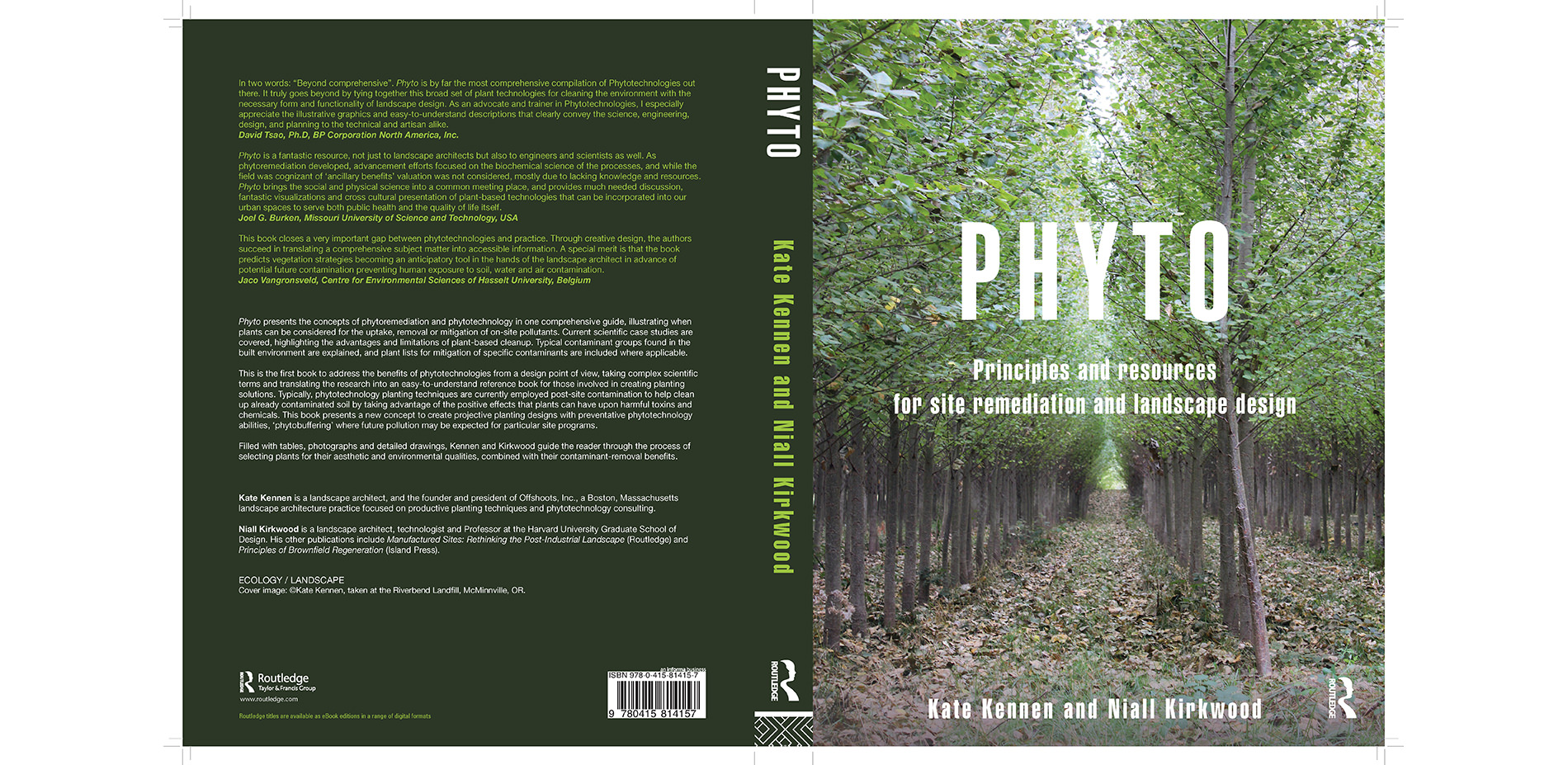
PHYTO: Principles and Resources for Site Remediation and Landscape Design
Book published by Routledge in June 2015 presenting the concepts of phytoremediation and phytotechnology in one comprehensive guide.
Photo Credit: Kate Kennen
Media: Please submit high-resolution image requests to images@asla.org.
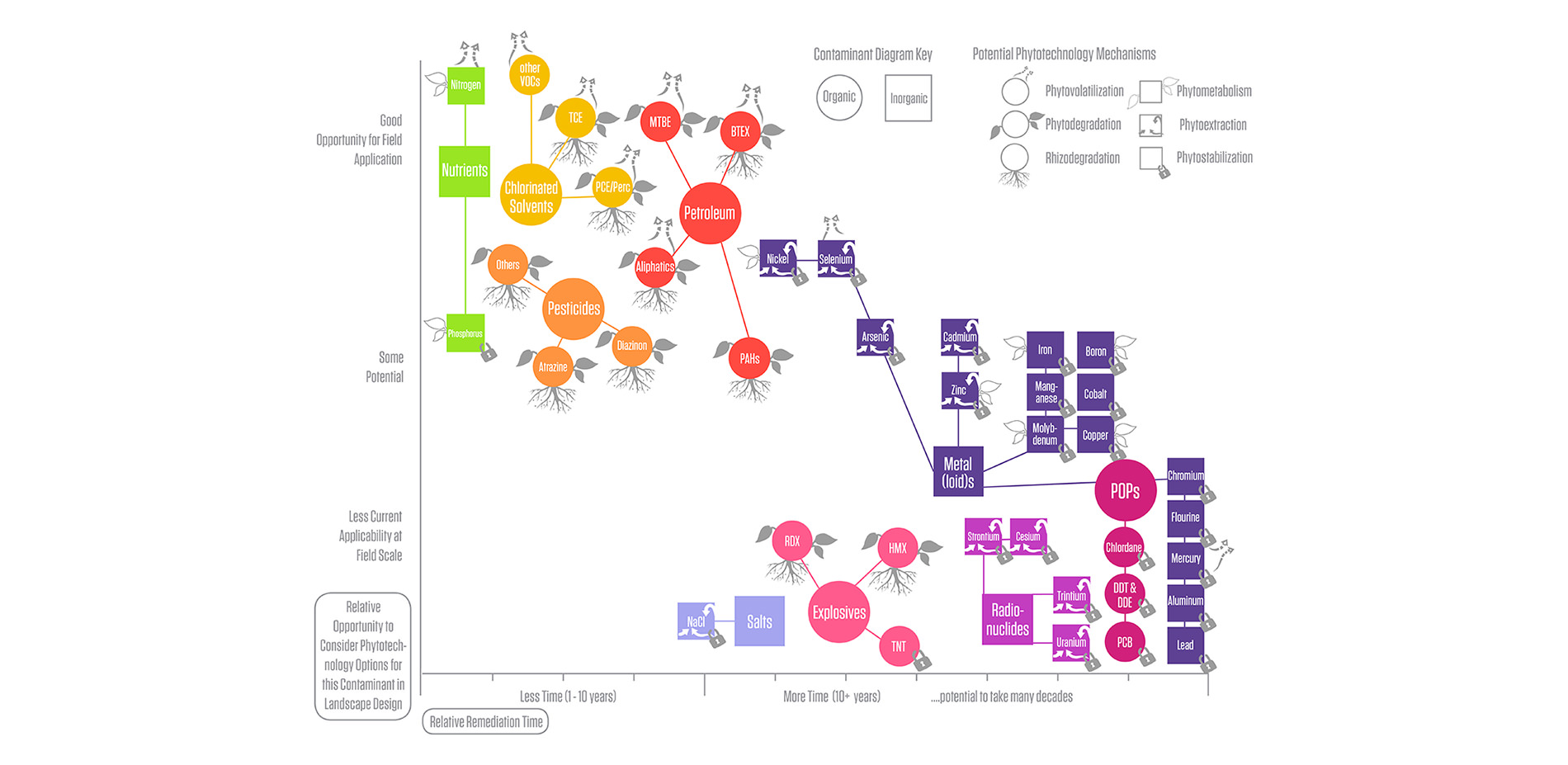
Figure 3.1- Site Contaminant Chart
This simple color-coded graphic highlights where the most opportunity exists to utilize phytotechnologies in the field (for contaminant removal in soil.)
Photo Credit: Kate Kennen
Media: Please submit high-resolution image requests to images@asla.org.
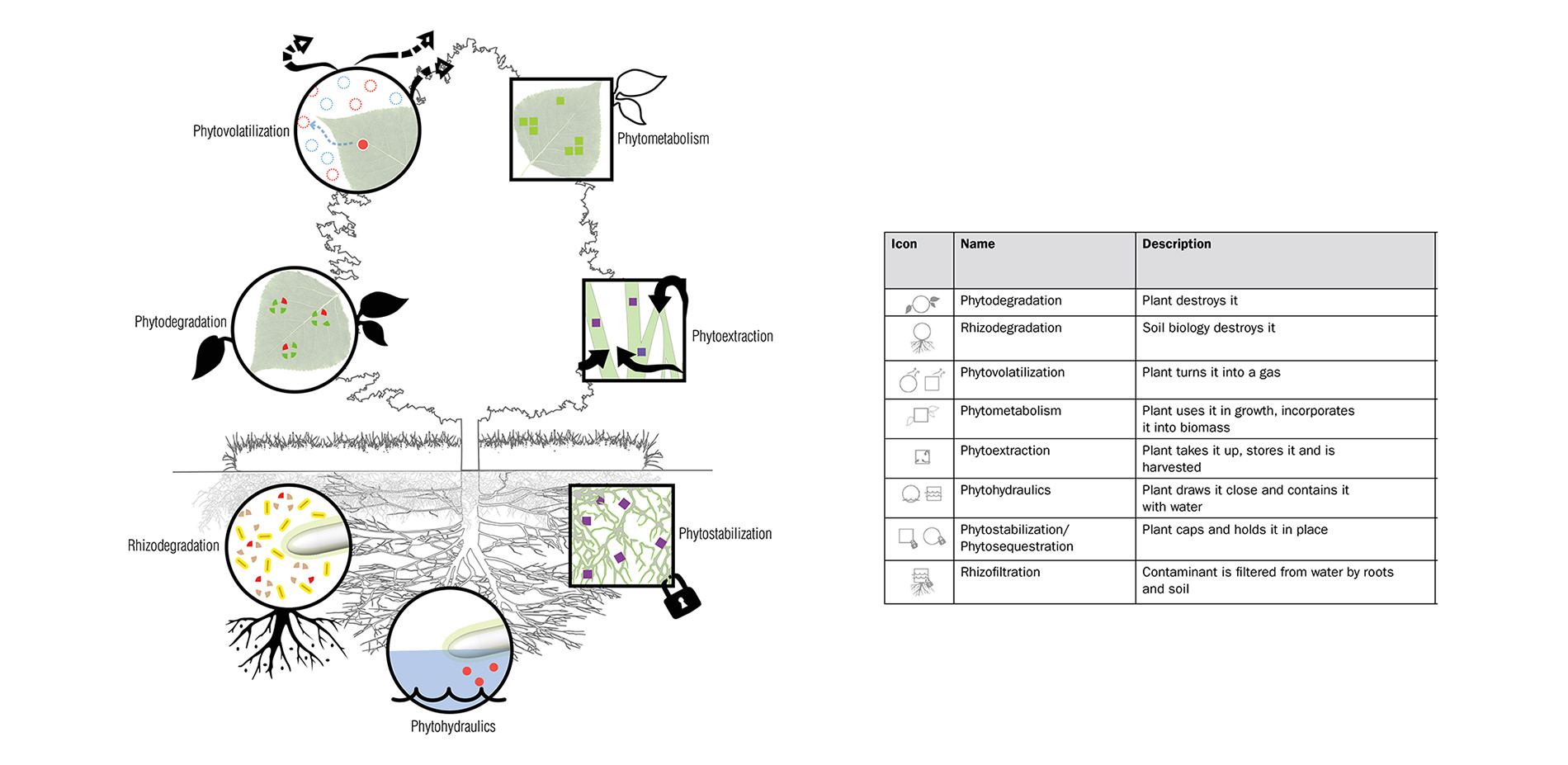
Figure 2.13- Phytotechnology Mechanisms Summary Diagram
Icons are created for each phytotechnology mechanism to explain how plants remove, stabilize or control contaminants. Organic contaminants are represented as circles and inorganic contaminants as squares. These icons are repeated as a key throughout the book.
Photo Credit: Kate Kennen
Media: Please submit high-resolution image requests to images@asla.org.
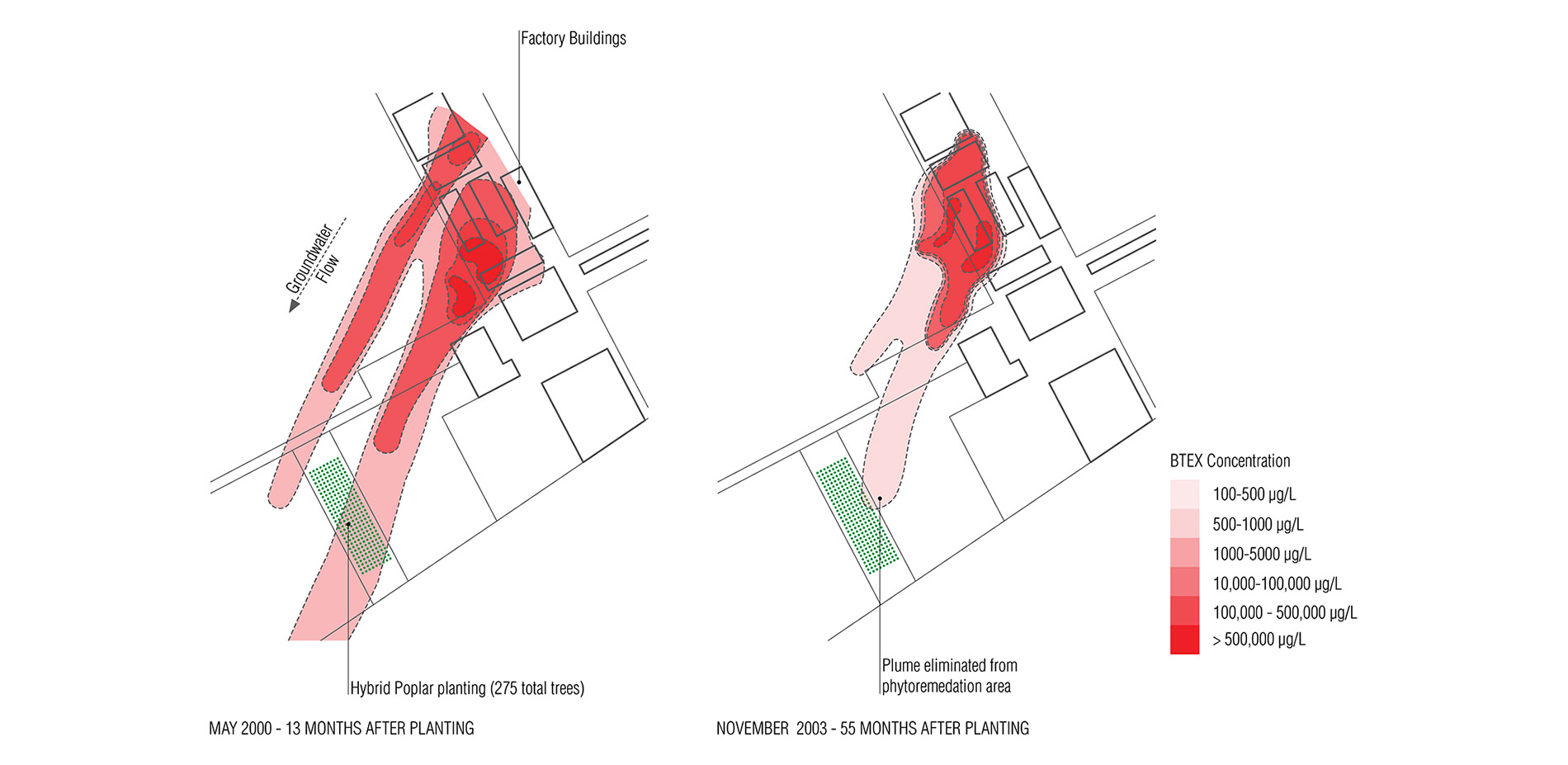
Figure 3.10- CASE STUDY: Ford Factory, Genk Belgium
Case studies are illustrated with simple site diagrams, where the contaminant colors are keyed in to the representative colors used throughout the book (ie Petroleum is always red.)
Photo Credit: Kate Kennen
Media: Please submit high-resolution image requests to images@asla.org.
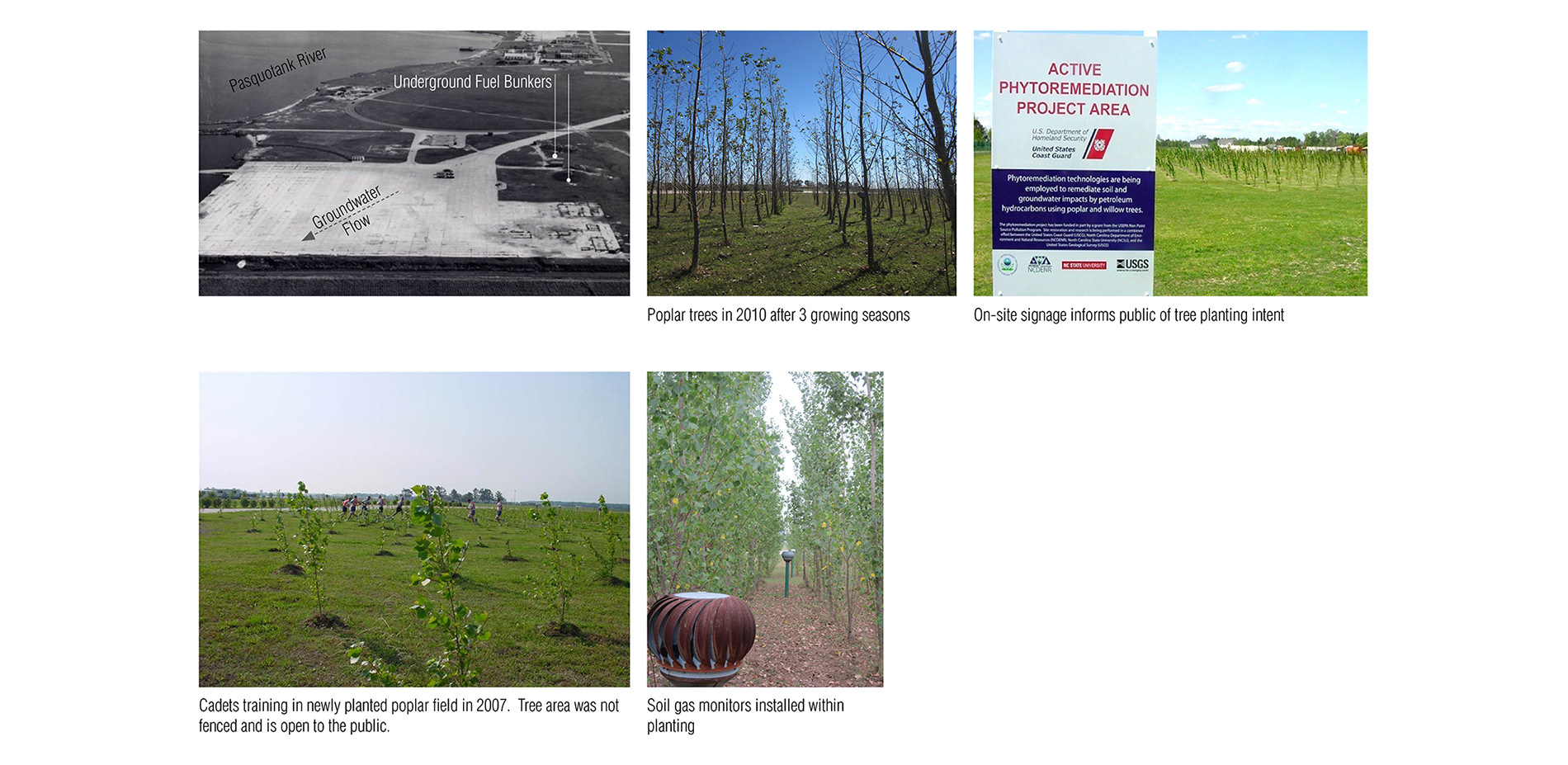
Figure 3.11- CASE STUDY: Ford Factory, Genk Belgium
Case study photos are provided to show the aesthetic qualities of the phytoremediation plantings.
Photo Credit: Kate Kennen
Media: Please submit high-resolution image requests to images@asla.org.
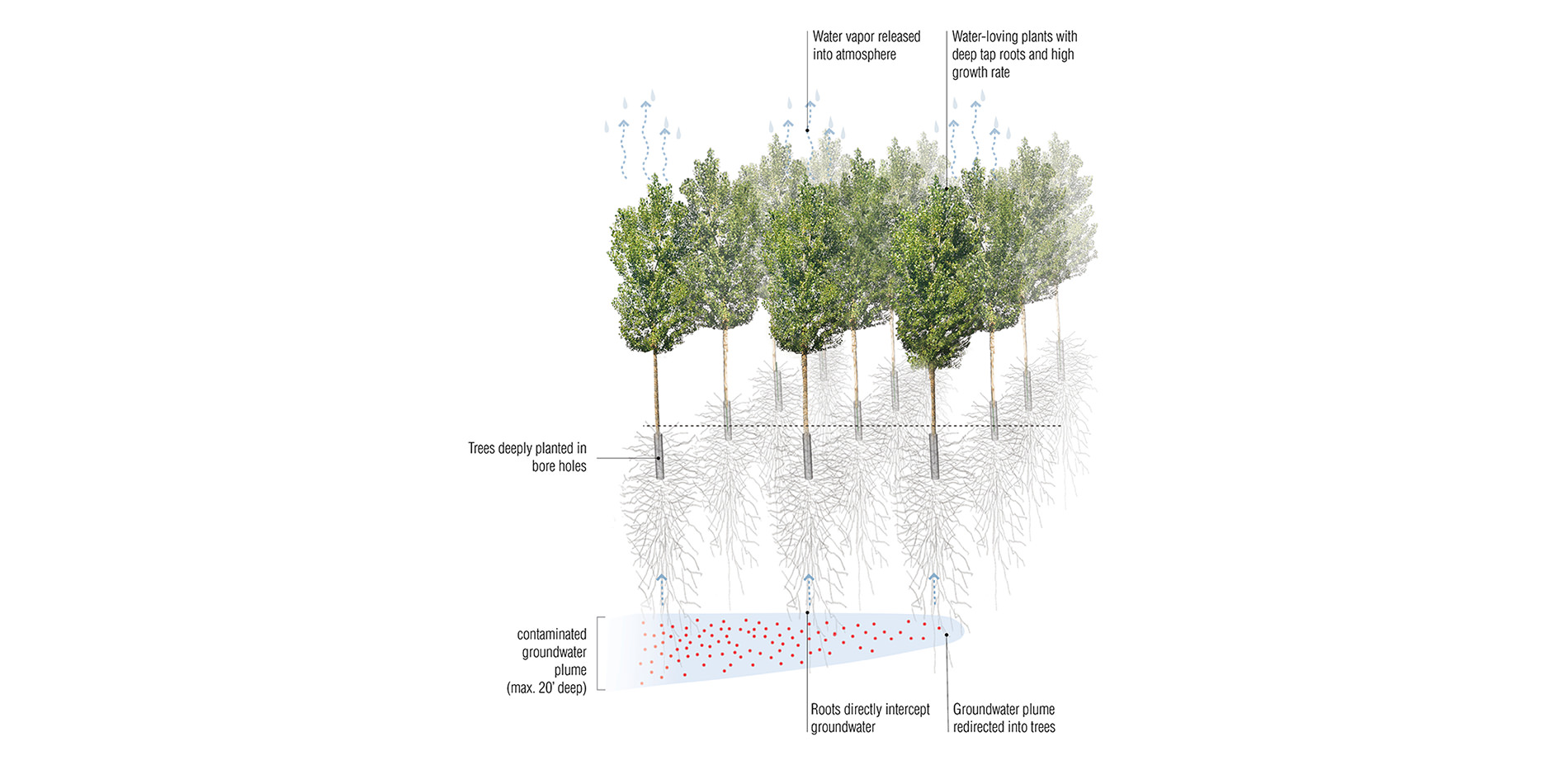
Figure 4.5- Groundwater Migration Tree Stand
18 different phytotechnology planting types are developed and illustrated in Chapter 4, with examples where these planting types are most applicable. The above figure illustrates how tree plantings can be used to mitigate groundwater pollution.
Photo Credit: Kate Kennen
Media: Please submit high-resolution image requests to images@asla.org.
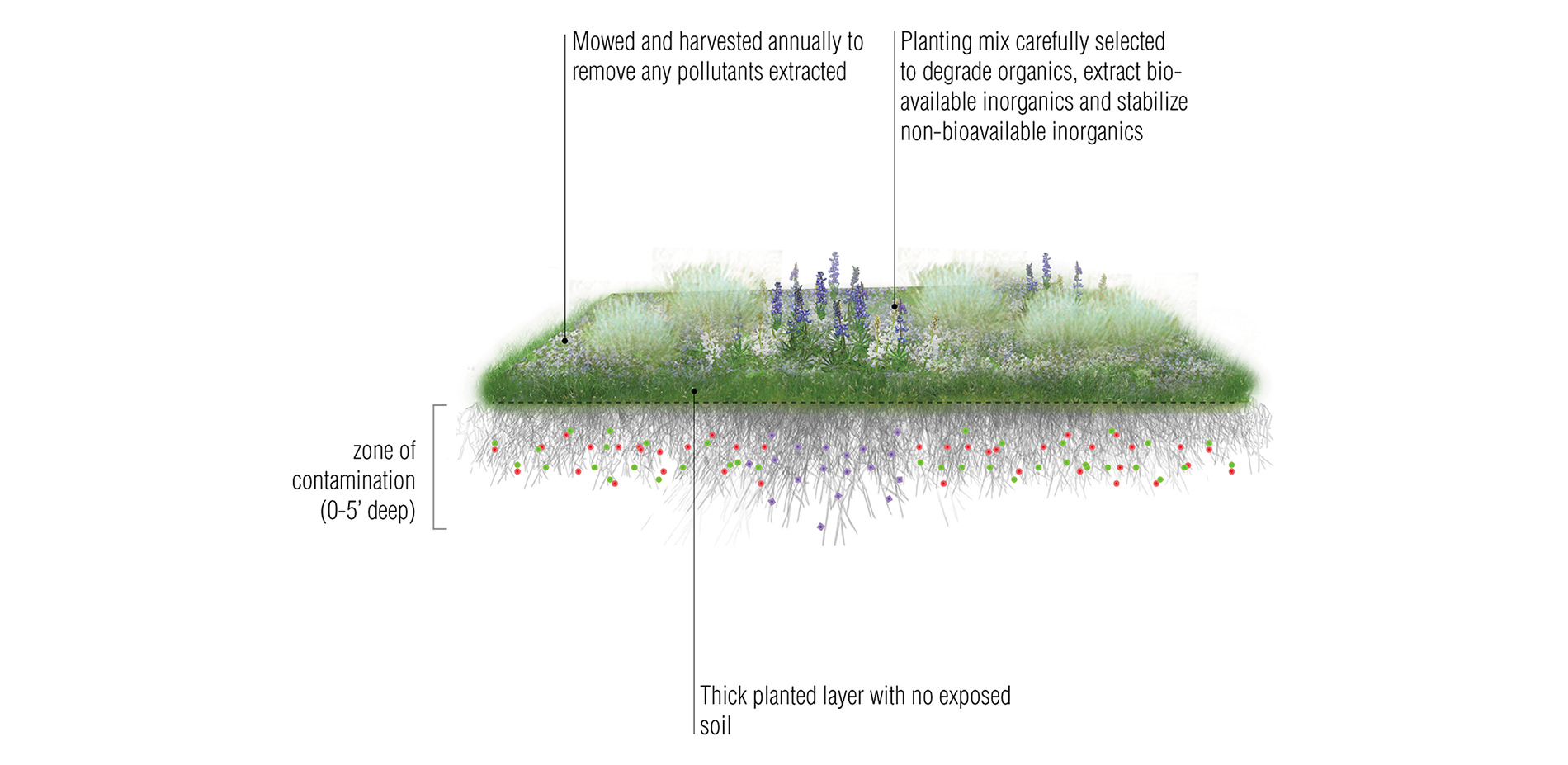
Figure 4.11- Multi-Mechanism Mat
Some of the phytotechnology planting types illustrated are techniques Landscape Architects already employ, while others (such as above) are newer to the field. The figure here illustrates how planting species can be selected, grown, mown and harvested to maximize pollutant removal.
Photo Credit: Kate Kennen
Media: Please submit high-resolution image requests to images@asla.org.
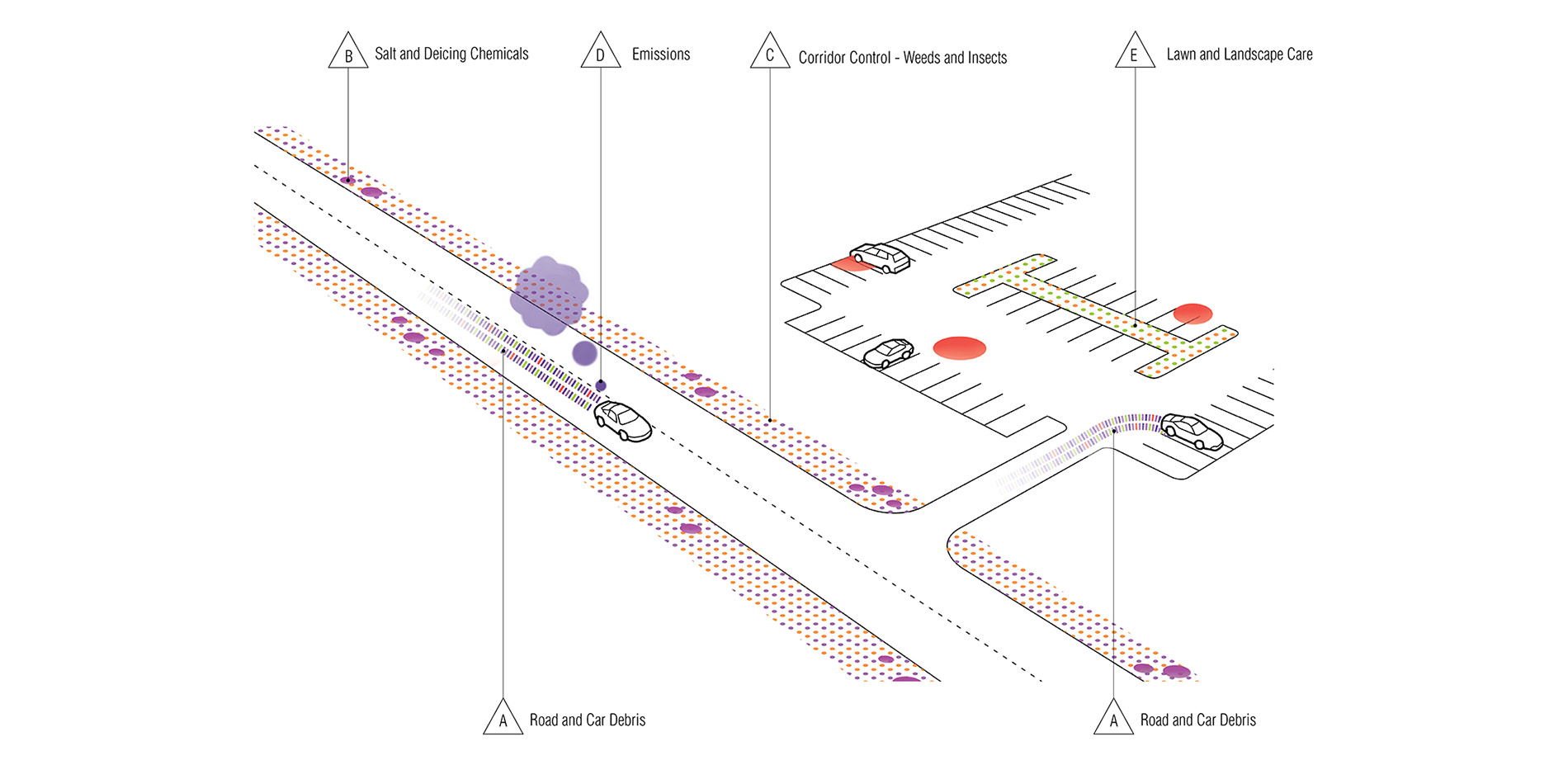
Figure 5.1a- Roadways and Parking Lots: Sources of Contamination
In Chapter 5, 16 different land uses typically encountered by Landscape Architects are illustrated, each with two diagrams. The first shows pollutants typically generated from that land use.
Photo Credit: Kate Kennen
Media: Please submit high-resolution image requests to images@asla.org.
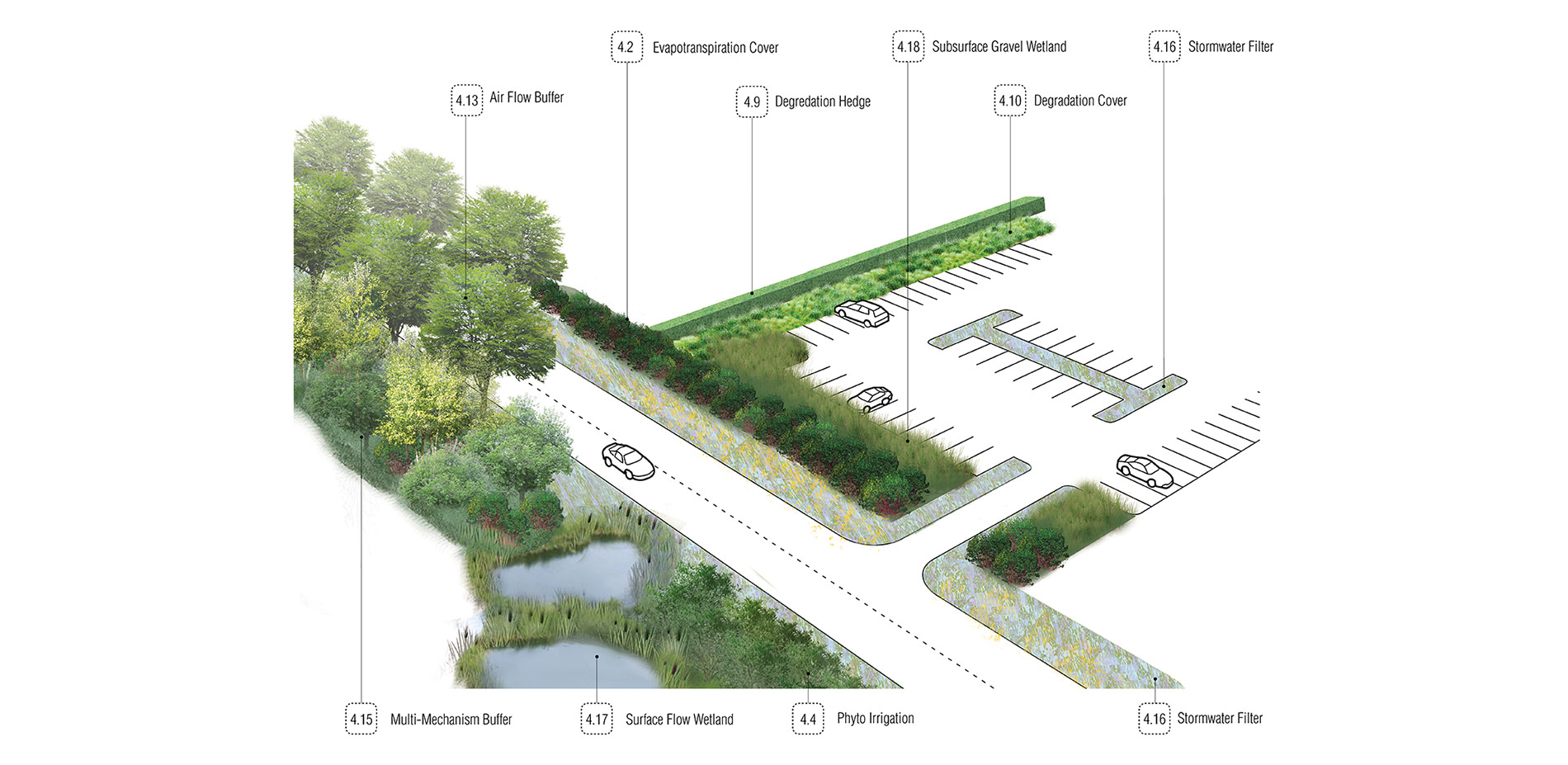
Figure 5.1b- Roadways and Parking Lots: Phytotechnologies to Address Contaminants
In the second diagram for each land use, projective phytotechnology planting opportunities are illustrated. Figure number labels refer back to the 18 planting types and plant lists provided in previous chapters.
Photo Credit: Kate Kennen
Media: Please submit high-resolution image requests to images@asla.org.
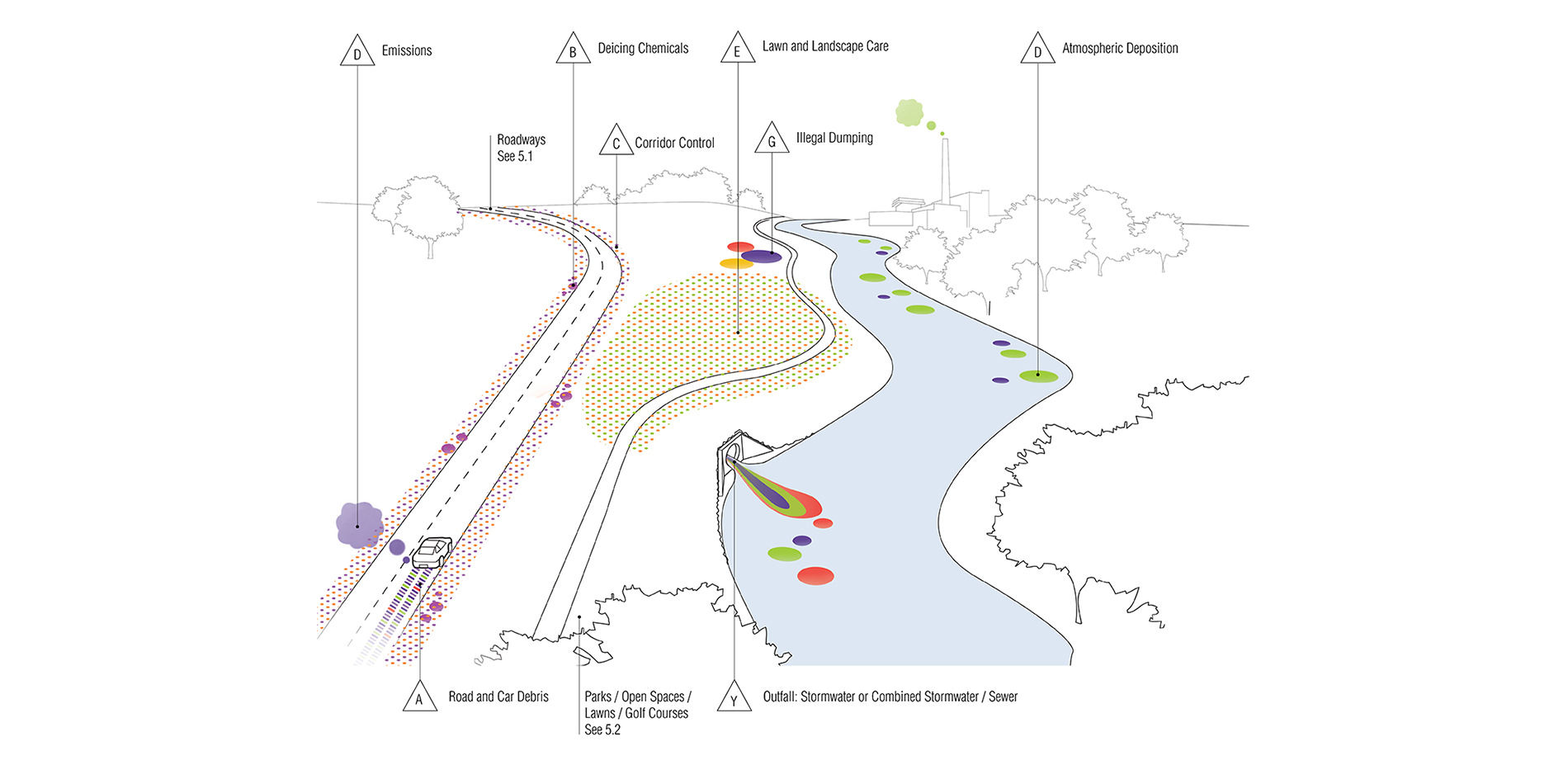
Figure 5.3a- River Corridors and Greenways: Sources of Contamination
Pollutant diagram colors match those utilized elsewhere in the book.
Photo Credit: Kate Kennen
Media: Please submit high-resolution image requests to images@asla.org.
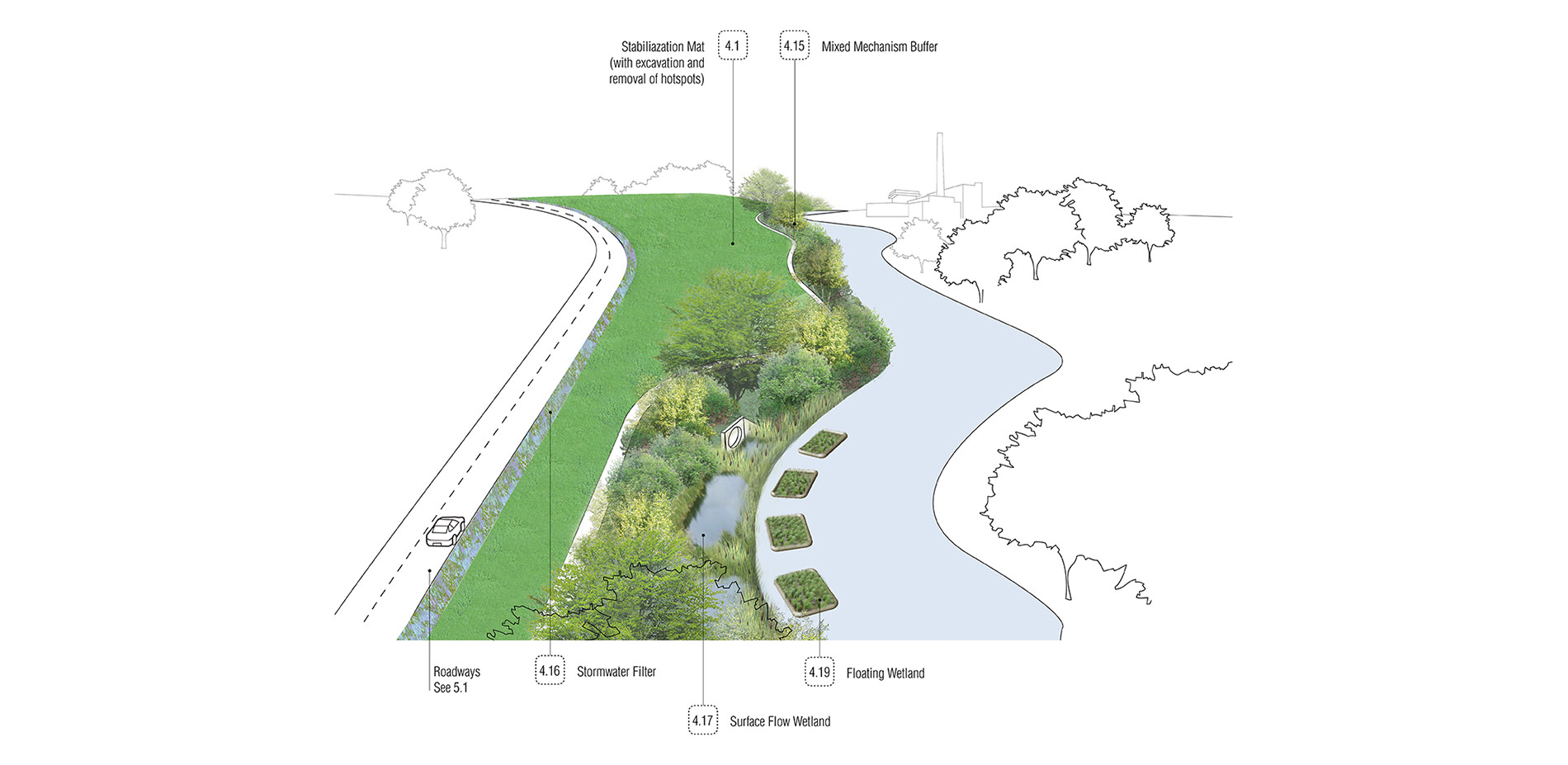
Figure 5.3b- River Corridors and Greenways: Phytotechnologies to Address Contaminants
Planting opportunities for remediation are illustrated.
Photo Credit: Kate Kennen
Media: Please submit high-resolution image requests to images@asla.org.
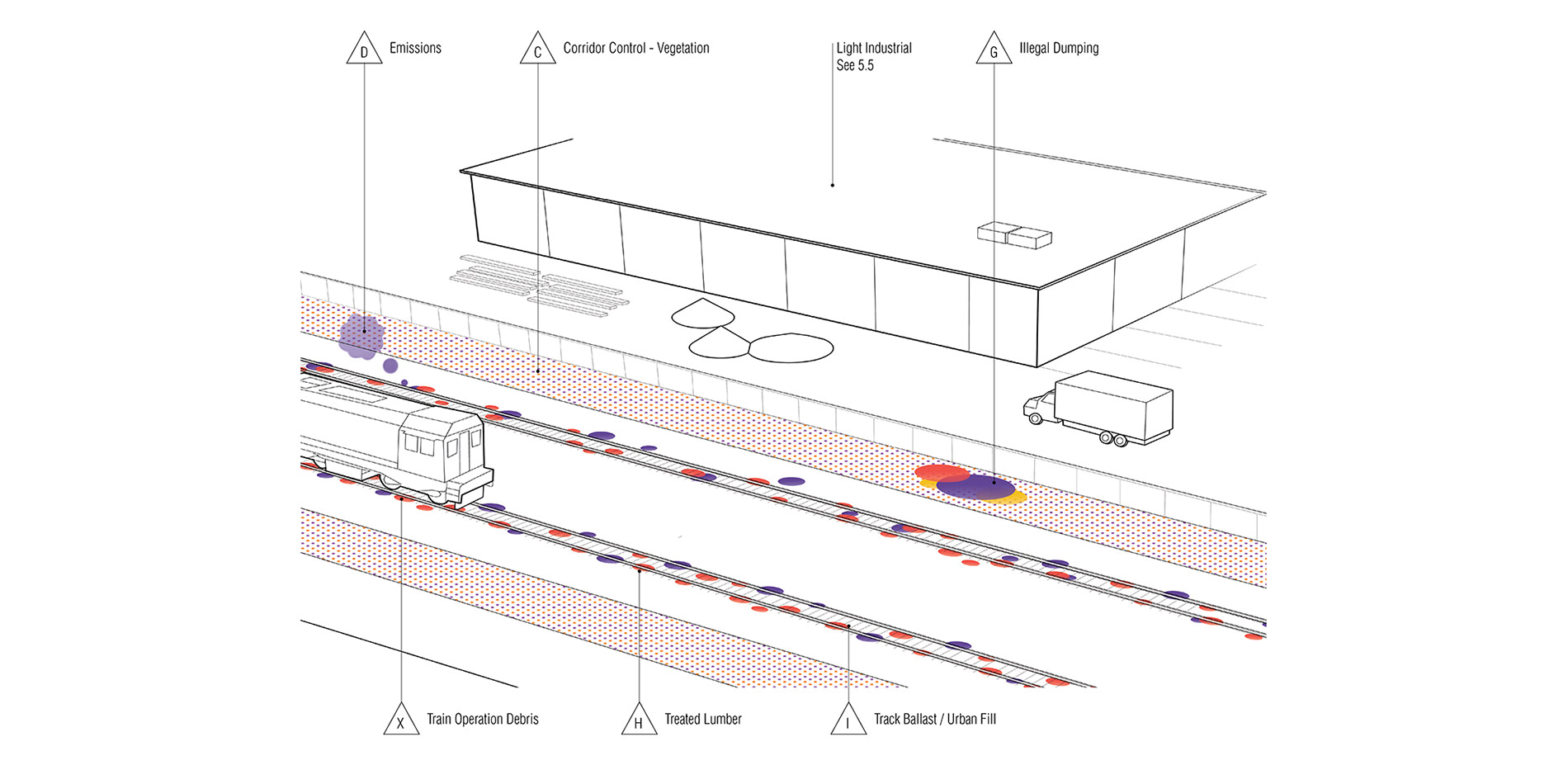
Figure 5.4a- Railroad Corridors: Sources of Contamination
Pollution profiles for land uses often encountered in the design community are included.
Photo Credit: Kate Kennen
Media: Please submit high-resolution image requests to images@asla.org.
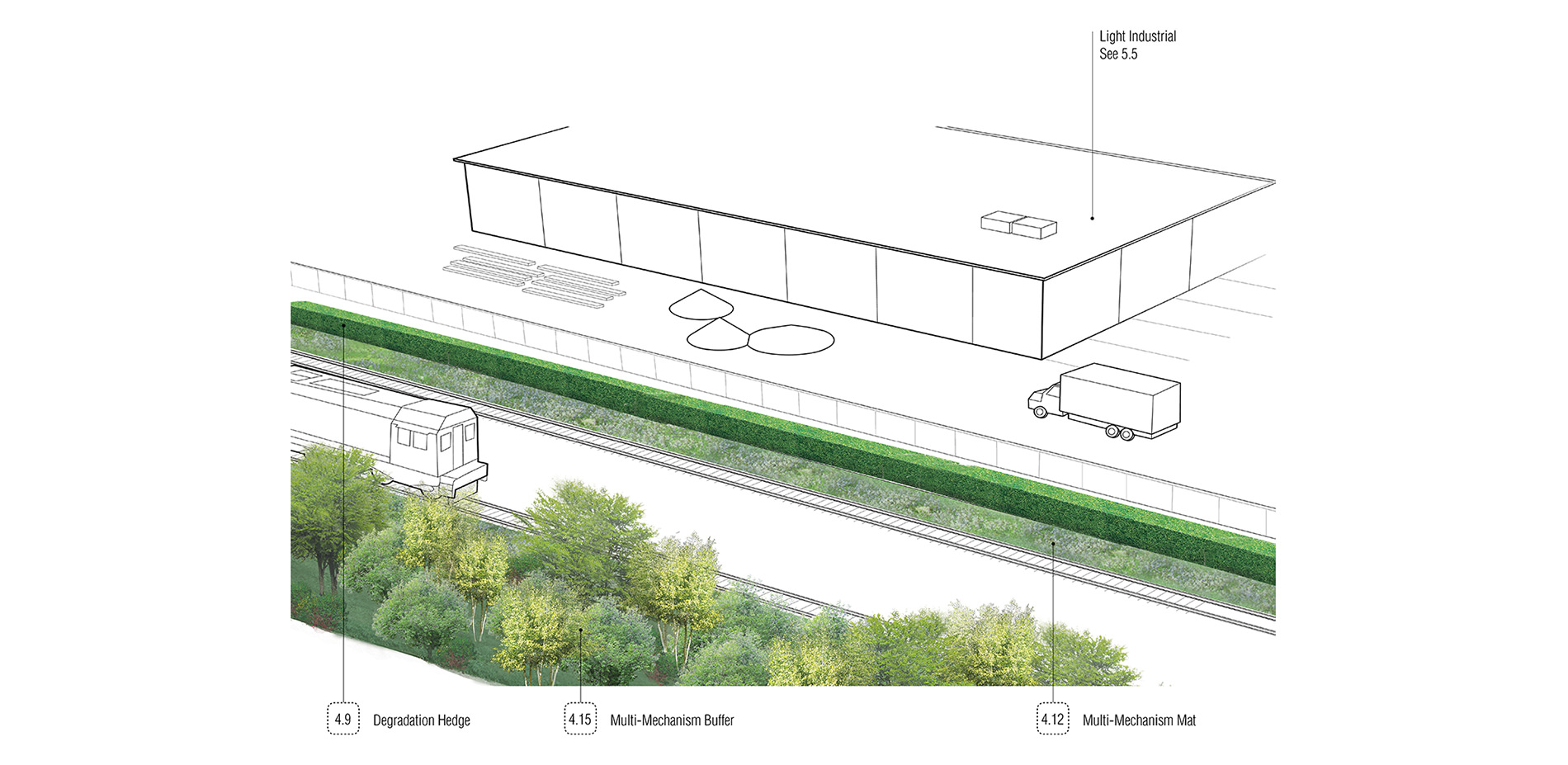
Figure 5.4b- Railroad Corridors: Phytotechnologies to Address Contaminants
Planting opportunities for remediation are illustrated.
Photo Credit: Kate Kennen
Media: Please submit high-resolution image requests to images@asla.org.
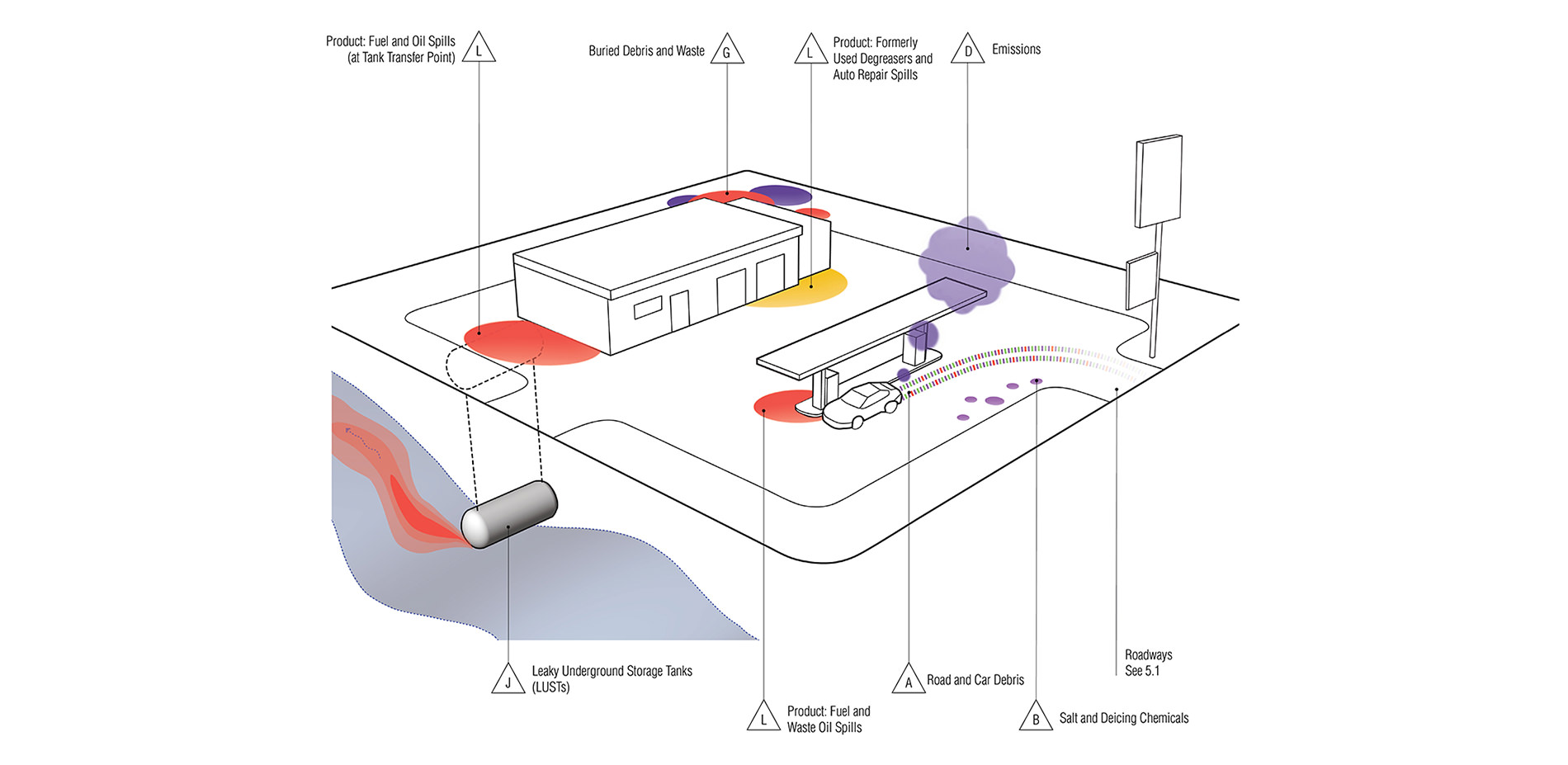
Figure 5.6a- Gas Stations and Auto-Repair Shops: Sources of Contamination
Pollution profiles for retail land uses where designers could help buffer future contamination events are included.
Photo Credit: Kate Kennen
Media: Please submit high-resolution image requests to images@asla.org.

Figure 5.6b- Gas Stations and Auto-Repair Shops: Phytotechnologies to Address Contaminants
Projective planting designs with preventative phytotechnology abilities are illustrated to buffer where future pollution may be expected.
Photo Credit: Kate Kennen
Media: Please submit high-resolution image requests to images@asla.org.


















